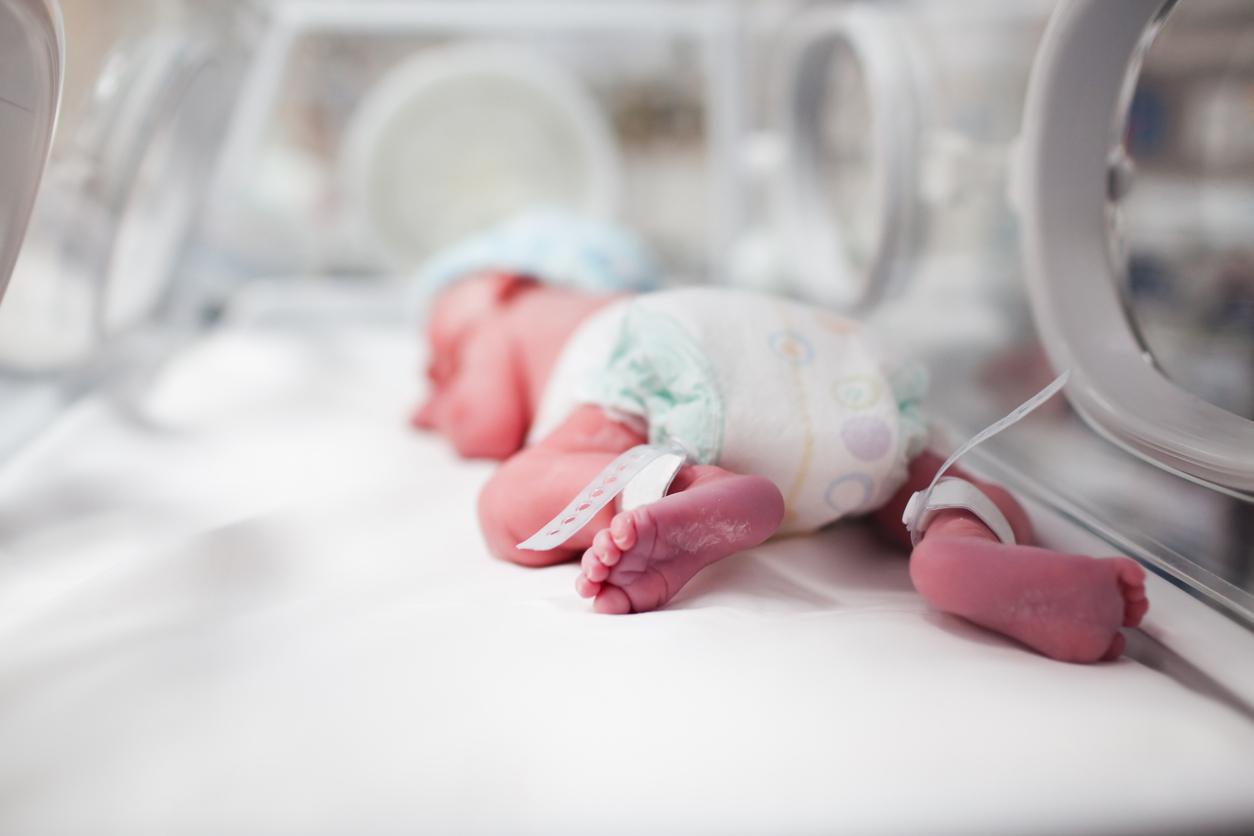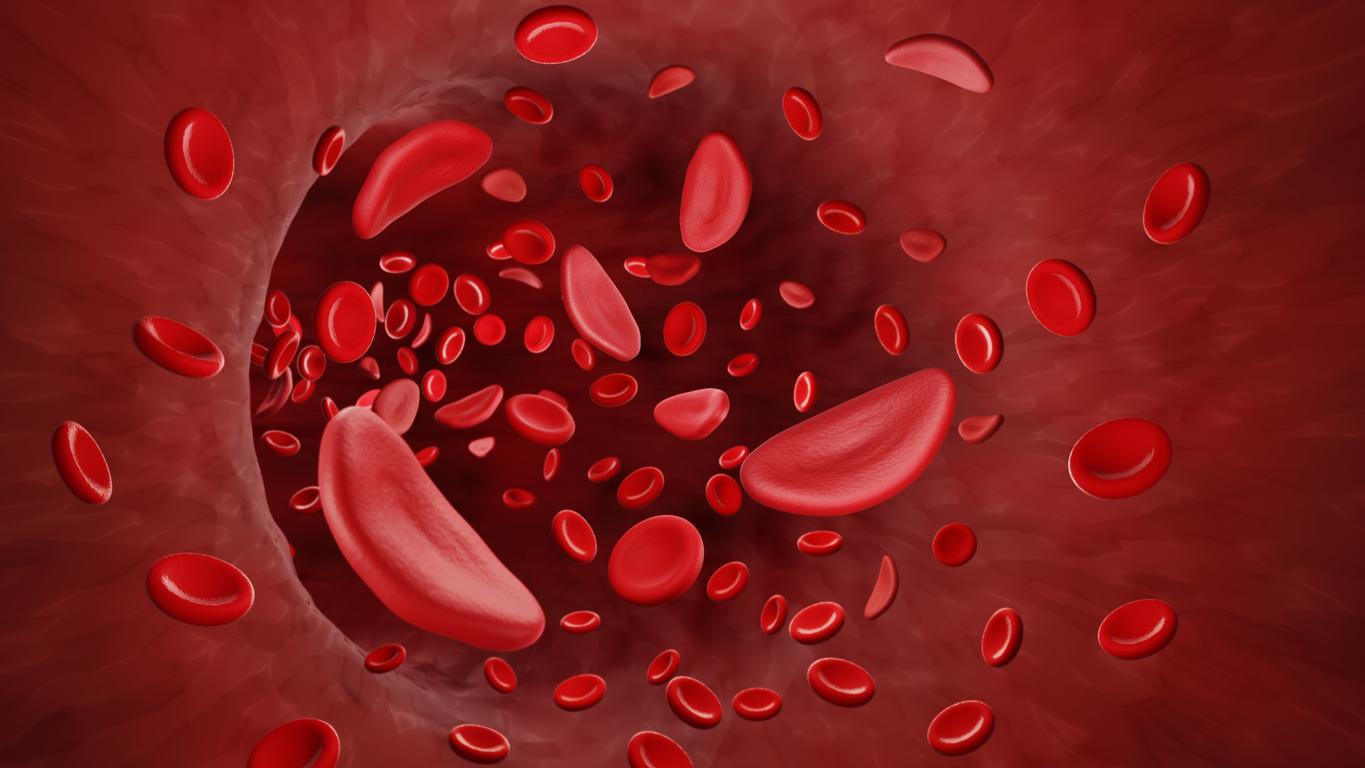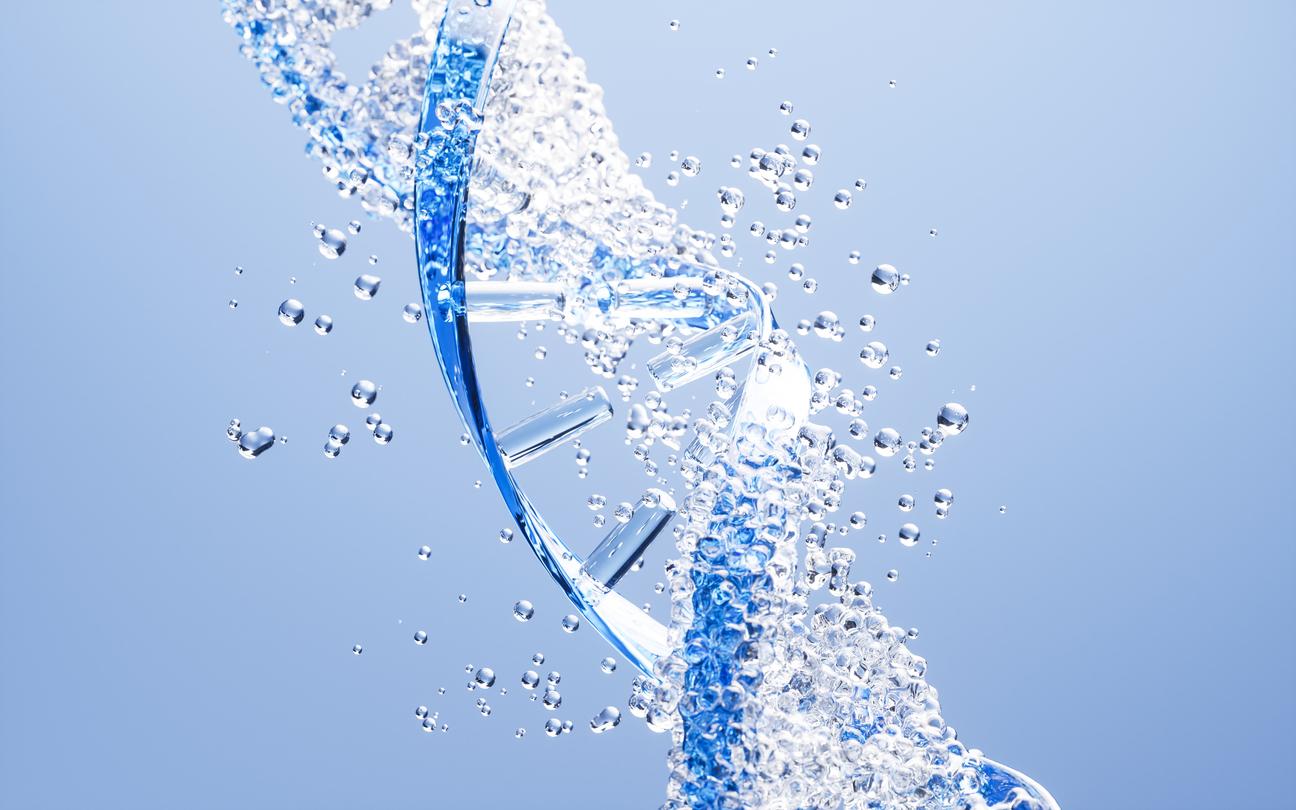“There is no single gay gene, but many small genetic effects distributed in the genome” and environmental factors that come into account in homosexuality, reveal researchers.

We suspected it and many studies had already suggested it, but new research today drives the point home. No offense to supporters of the “gay gene”, a theory put in place in the 1990s, homosexuality is not explained by a single gene but by multiple regions of the genome and numerous environmental factors. The results of this new international study were published on Thursday August 29 in the journal Science.
To reach this conclusion, European and American researchers analyzed half a million DNA profiles. Most of the study was carried out on men and women via the British bank UK Biobank. The subjects were mostly of European origin and had to answer the question: have you ever had a sexual relationship with a person of the same sex?
During their research, the scientists discovered five precise positions on our chromosomes, called locus, which appear to be clearly linked to sexual orientation. However, their influence is “very small”, they say. One of the genetic variants is particularly close to genes associated with male pattern baldness, suggesting a link with sex hormones like testosterone. Another is also in an area rich in olfactory genes, linked to sexual attraction.
At the end of their analysis, the researchers concluded that 8 to 25% of the differences in sexual orientation in the population tested would be due to genetic variations. However, this figure is a statistical concept relating to a given population and does not mean that 25% of a person’s sexual orientation is down to their genes, they insist.
“Impossible to predict the sexual orientation of a person according to his genome”
These results therefore call into question the theory of the “gay” gene. At the beginning of genetics, in 1993, a study carried out on 40 families had thought to identify a single gene, Xq28, as defining sexual orientation. These new works refute this simplistic explanation of sexuality. “To assume that the more one is attracted to someone of the same sex, the less one is attracted to the other sex is an oversimplification,” the researchers comment.
Sexual orientation does have a genetic component, but it depends on a myriad of genes, they point out. “There is no single gay gene, but many small genetic effects distributed in the genome”, notes Ben Neale, member of the Broad Institute of Harvard and MIT, who participated in the study. “It is de facto impossible to predict a person’s sexual orientation based on their genome,” he continues.
And of course, in addition to the genome, there is also the environment in which a person has grown up and evolves. It’s like height, explain the researchers: genetics comes into play since the height of a person depends on that of his parents. But his nutrition during childhood will also have a significant impact on his number of cm in adulthood. “It is a complex behavior where genetics plays a role, but probably in a minority way. The effect of the environment exists, but we cannot measure it exactly”, concludes Fah Sathirapongsasuti, scientist at 23andme.coma DNA testing site that presented genetic profiles of customers during the study.
Some limitations to this study
“For the first time, we can say beyond a shadow of a reasonable doubt that certain genes influence the propensity to have same-sex partners,” comments psychologist Michael Bailey of Northwestern University in Evanston, Illinois, on the sidelines of the study. However, the latter has its limits, he warns. Indeed, this psychologist would have liked the British Biobank asks subjects which gender appeals to them the most, not just their behavior.
“They didn’t have a very good measure of sexual orientation,” agrees William Rice, an evolutionary biologist at the University of California, Santa Barbara in the editorial accompanying the article. According to him, such a question would have made it possible to take into account gays and bisexuals who would not have taken the step. Despite everything, the researcher is happy to see that the study is attracting the attention of the general public. “Much of the population is not exclusively heterosexual and people want to understand who they are and why they feel the way they feel,” he concludes.
In order to avoid any controversy, Ben Neale and Fah Sathirapongsasuti recalled, while presenting their study at a press conference, that they themselves were gay. To offend as few people as possible, they summarized their results on the special site geneticsexbehavior.info after consulting LGBT associations on the subject. The American organization GLAAD praised this work, stating that “being gay or lesbian is a natural part of human life”.
In France, according to a study carried out by the OECD entitled The Panorama of the company 2019, 1.8% of the population identified as lesbian, gay or bisexual, over the past decade. In detail, 0.8% of respondents declare themselves to be homosexual and 1% as bisexual.
.

















